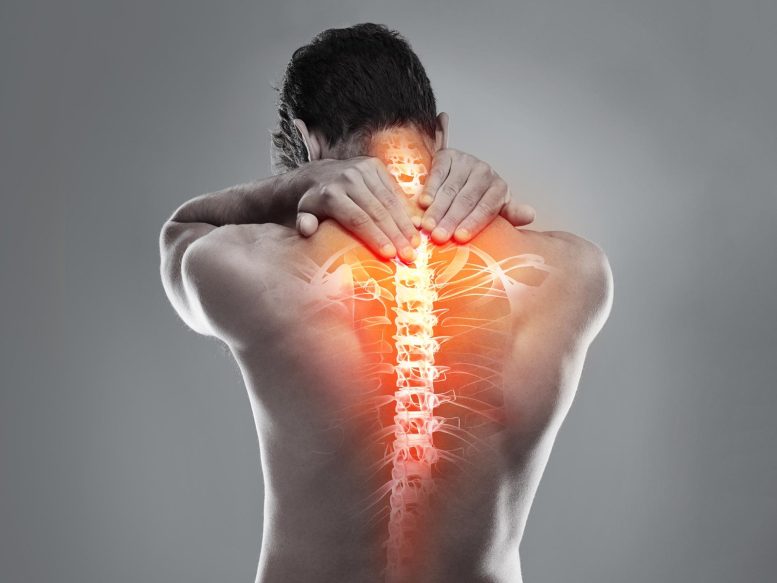
Recent research has found that screen time exceeding three hours a day, screen proximity, and poor posture such as sitting or lying on the stomach are risk factors for thoracic spine pain (TSP) in 14 to 18-year-old students. The study, which demonstrated a one-year TSP prevalence of 38.4% and incidence of 10.1%, suggested these findings could inform health education programs and strategies to mitigate TSP risk, emphasizing the importance as adolescents with back pain are often less active, underachieve academically, and face more psychosocial issues.
The study examined data from high school students between the ages of 13 and 18 and revealed a correlation between the problem, physical inactivity, and low academic performance. Furthermore, it revealed that the issue affects girls more than boys.
The surge in smartphone and tablet usage, coupled with an increase in video channels, computer games, and educational applications, has led to children and teenagers dedicating an increasing amount of time to screen activities. This often involves poor posture which could lead to back pain and other health issues.
A research study conducted in Brazil, funded by FAPESP, has identified several risk factors for spinal health. The findings, which were published in the scientific journal Healthcare, include prolonged screen time exceeding three hours daily, close proximity of eyes to the screen, and postures such as sitting or reclining on the belly.
The study focused on thoracic spine pain (TSP). The thoracic spine is located at the back of the chest (the thorax), mostly between the shoulder blades, extending from the bottom of the neck to the start of the lumbar spine. The data analyzed came from surveys of 14- to 18-year-old male and female students in the first and second years of high school in Bauru, a medium-sized city in São Paulo state.
A baseline questionnaire was completed in March-June 2017 by 1,628 participants, of whom 1,393 completed a follow-up questionnaire in 2018. The analysis showed a one-year prevalence of 38.4% (the proportion reporting TSP in both the baseline and follow-up surveys) and a one-year incidence of 10.1% (new TSP reported only in the follow-up survey). More girls than boys reported TSP.
Risk factors
TSP is common in different age groups of the general population worldwide, with prevalence ranging from 15%-35% in adults and 13%-35% in children and adolescents. Explosive growth in the use of electronic devices during the COVID-19 pandemic clearly made the problem worse. The risk factors associated with TSP are physical, physiological, psychological, and behavioral, according to several investigations. There is also strong evidence of the effects of physical activity, sedentary habits, and mental disorders on spinal health. All these factors are considered critical by the World Health Organization (WHO) in its latest global review of evidence and guidelines.
“The study can be used to inform health education programs for school students, teachers, staff, and parents,” said Alberto de Vitta, first author of the article. He has a Ph.D. in education from the State University of Campinas (UNICAMP) and completed a postdoctoral fellowship in public health at São Paulo State University (UNESP) in Botucatu.
“This is in line with some of the objectives of the National Curriculum Parameters [PCN, Brazilian government guidelines for secondary schools], according to which schools are responsible for health education, including identification of risks to individual and collective health and interventions to combat them, as well as promotion of self-care habits with regard to the body’s possibilities and limits,” said Vitta, who is currently teaching and researching at Eduvale College as a faculty member in its Department of Physical Therapy in Avaré, São Paulo state, and the University of Sapucaí Valley’s Graduate Program in Education, Knowledge and Society in Pouso Alegre, Minas Gerais state.
Information on risk factors for TSP in high school students is important because children and adolescents with back pain are more inactive, achieve less academically, and have more psychosocial problems, according to the article. In addition, fewer studies have been conducted on TSP than on lower back and neck pain. A systematic review of the literature on TSP found only two prospective studies regarding prognostic factors.
Reference: “Thoracic Spine Pain in High School Adolescents: A One-Year Longitudinal Study” by Alberto De Vitta, Matias Noll, Manuel Monfort-Pañego, Vicente Miñana-Signes and Nicoly Machado Maciel, 9 January 2023, Healthcare.
DOI: 10.3390/healthcare11020196
The study was funded by the São Paulo Research Foundation.
The other authors of the article are Matias Noll of the Federal Institute of Goiás (IFG) and the Federal University of Goiás’s School of Physical Education and Dance (FEFD-UFG) in Brazil; Nicoly Machado Maciel of the University of São Paulo (USP); and Manuel Monfort-Pañego and Vicente Miñana-Signes of the University of Valencia in Spain.

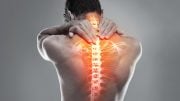

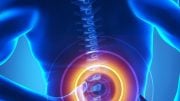

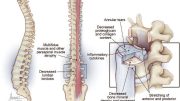
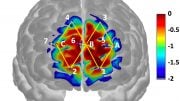

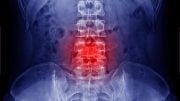
Be the first to comment on "Caution: Teen Screen Time Over 3 Hours Daily Linked to Increased Back Pain"